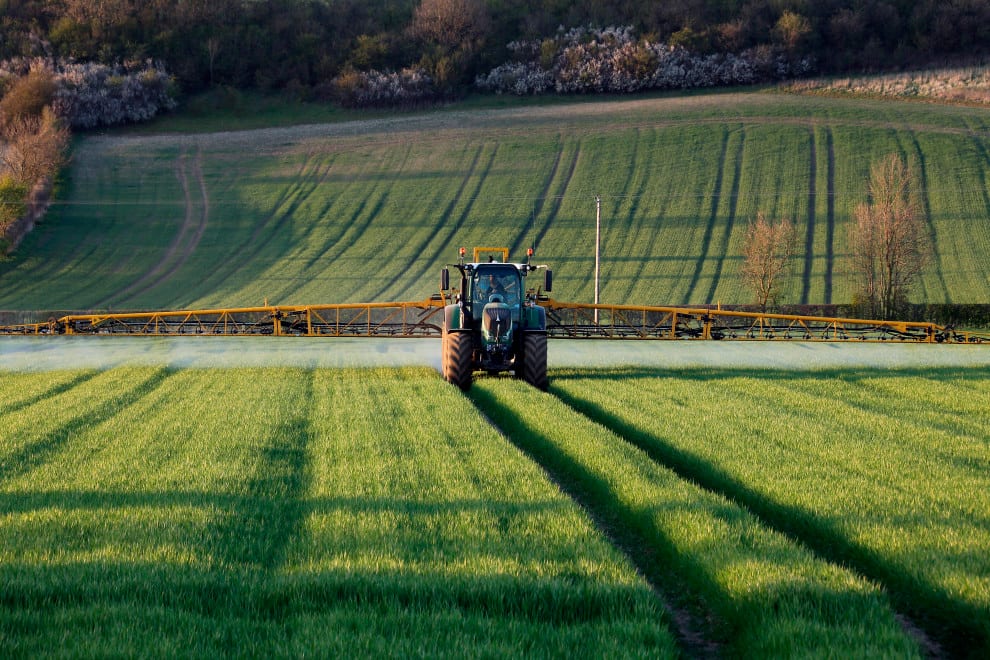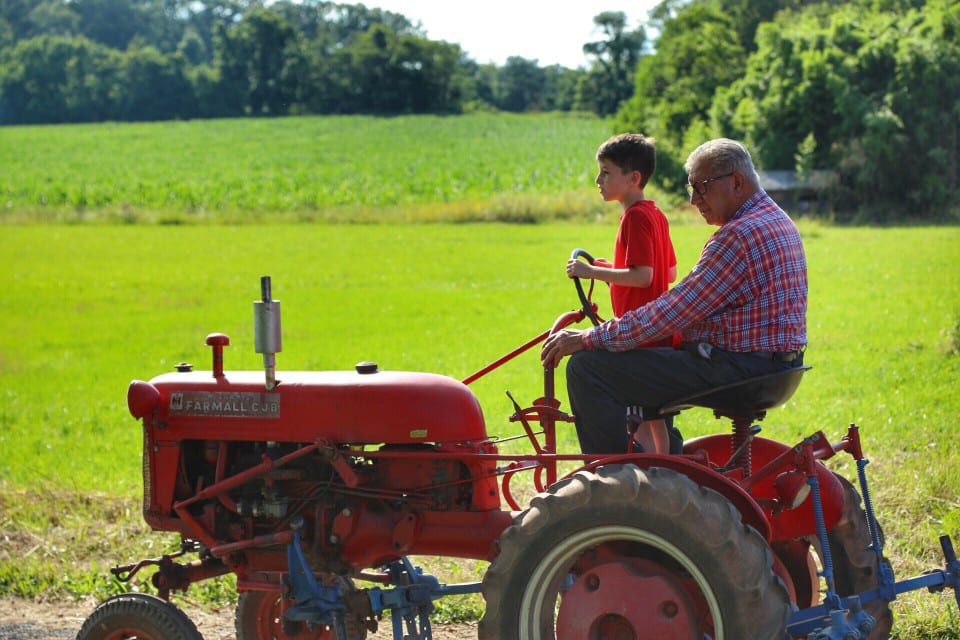Worried About Climate Change?
It sometimes might feel like you’re an ostrich with its head in the sand, feeling helpless in the wake of such a massive global crisis. It might seem as though there is very little you can do to improve the health of our planet (short of switching to reusable grocery bags and ditching the gas-guzzling SUV, that is).
However, there’s one thing that every person on this planet can do to help out – consider regenerative agriculture.
What is Regenerative Agriculture?
One of the biggest criticisms of modern agriculture is its historical tendency to deforest large tracts of land, removing our biggest tool to extract carbon from the air and sequester it back into the soil – trees.
However, agriculture and forestry don’t have to be mutually exclusive. In fact, modern regenerative agriculture movements seek to provide us with the best of both worlds. In short, regenerative agriculture is a way of farming that prioritizes soil health above all else.
The Danger of Industrialized Agriculture
Industrialized agriculture generally involves planting just one species of plant on a plot of land – a system known as monoculture. Unfortunately, while methods like these can be profitable financially in the short-term, that’s not the case for the longterm. Monocultures deplete nutrients from the soil yet do not replace them, calling for increased applications of fertilizers.
Industrialized agriculture involves tilling, too. This is necessary in order to kill weeds with which the monoculture can’t compete – they simply don’t have the natural traits necessary in order to suppress the competing weeds.
Since the plants that are grown in a monoculture also do not vary at all genetically from each other, a harvest is more likely to be ruined by a single disease or pest. Therefore, industrial agriculture relies heavily on toxic pesticides, too.
When these three hazards – using chemicals on the soil, tilling, and planting in a monoculture – are combined, the result is soil that does not know how to replenish itself and in fact, can’t be replenished except by intensive management.
Or, of course, by implementing a rigorous new system of regenerative agriculture.
How is This More Sustainable?
Regenerative agriculture, or permaculture, its guiding philosophy, is more sustainable than our typical methods of agriculture. It’s not a new way of farming but is inspired by the way farmers managed their land long before industrial methods and machinery took their place.
These age-old methods are inspired by nature. Fertilizers are still used, but not synthetic ones. Any that are used are specifically designed to bolster soil health. In fact, healthy soils contain up to 80% carbon, usually in the form of decomposing plant matter, fungi, bacteria, worms, and insects.
While modern industrial methods disregard soil health, with synthetic fertilizers raping and depleting levels of these organisms to dangerous levels, regenerative agriculture actively works to replace them.
Not only do regenerative farms avoid synthetic fertilizers, but they also do not spray pesticides or plant crops in a monoculture. Instead, crops are carefully chosen based on the benefit they can provide to the surrounding plants.
The Benefits of Carbon Sequestration
Carbon sequestration very broadly refers to the capture of carbon dioxide in the atmosphere, but in the context of regenerative agriculture, it usually has to do with the trapping of carbon dioxide in the soil.
When a chunk of land is converted from woodland to tillable acreage, the soil automatically loses about 30-40% of its carbon content . Regenerative farmers reduce this loss by using manures as fertilizers, planting a variety of perennial crops, or leaving harvest residues on the field (cover cropping and the use of green manures).
Why is this beneficial? When a plant sequesters carbon in the soil, it can help improve the fertility of the soil and expand food production. It can also reduce the amounts of greenhouse gases that are released back into the atmosphere.
None of these things happen overnight, of course. Regenerative agriculture is a long-term solution to our global climate woes rather than a temporary Band-Aid – but it’s a treatment that is, without a doubt, worth consideration.
What are your thoughts on the topic? Drop us your opinion in the comment box below




